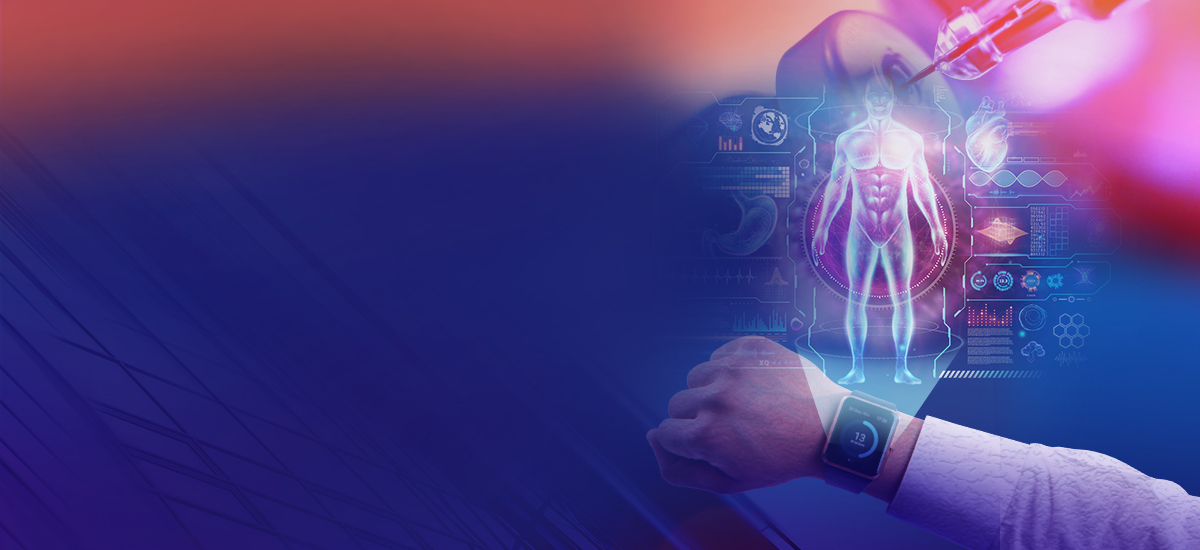Automating Clinical Outcome Analysis Using Wearable Sensor Data Platform

However, adopting new sensor-based measurements is not straightforward in pharma and healthcare. Although Pharma executives recognize the importance of using sensors to capture patient data digitally, they face obstacles in embracing the technology due to the complexity of data platforms and the lack of bio-sensor platform engineering support. Regulations require that solutions be GxP compliant, which limits the IT consulting and engineering firms that pharma can work with. Moreover, clinical researchers cannot use a patient outcome metric that is novel and still pending validation studies.
This whitepaper we’ll uncover how you can address the above clinical challenges by tapping into the power of Intelligent Sensor Data Platform (ISDP). You will learn:
⦁ How a wearable sensor platform streamlines clinical trials and the data strategy while reducing costs and improving outcome efficiency?
⦁ What level of analytical and data maturity is needed by the pharma and healthcare IT for leveraging sensors?
⦁ Use cases of sensor-based clinical outcomes and how they’re measured.
Download the Whitepaper to learn how Visionet helps pharma and healthcare executives leverage wearable technology to accelerate modern treatment development.